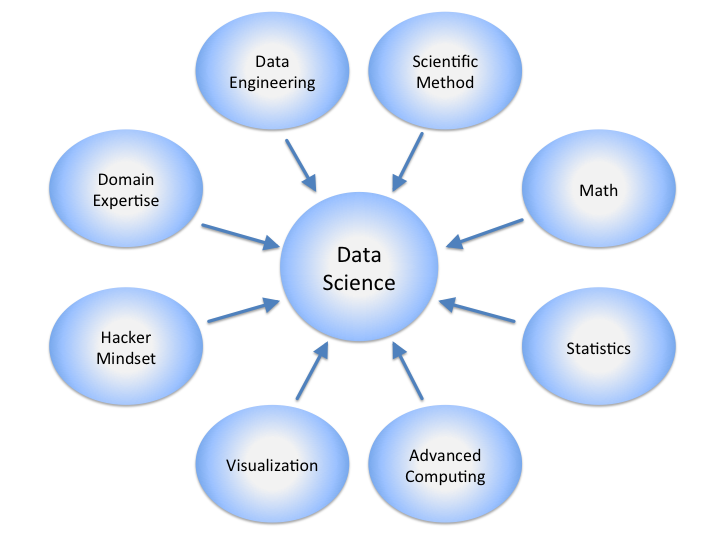There’s an origin story for every superhero; even those without superpowers (like Batman – that’s right) got started somewhere. What we sometimes forget is that there is also an origin story for every regular person, every profession, every hobby.

Source: Wikimedia Commons
If you’re a radiologist looking to learn a few things in radiology data science, a simple web search will reveal a seemingly overwhelming amount of material you might have to know.
Fortunately, only a very small subset is necessary to start being productive. Here are a few resources I used to get started.
I’m not affiliated with any of the resources mentioned below. The below are just my own opinions, not an endorsement.
Emphasis on Hands-On
For me data science is like playing baseball – you can study Newtonian physics and figure out how the rotatory momentum of the baseball bat changes upon impact with a baseball, but I’d rather just pick up a bat, start hitting some ball right away.
So if you’re like me, then DataQuest is a good choice. Its key feature includes an online Python engine that runs your code and grades your answers. Basically, the learning modules are just a bunch of hands-on exercises with examples. DataCamp is a very good competitor based on a similar idea but with a focus on R and less on Python.
If foundational knowledge is more of your thing, the Stanford probability and statistics course (found here) is good. I like it because predictive analytics basically boils down to probabilistic inference.
What about Deep Learning?
Once you are ready to start deep learning / machine learning, I highly recommend the free deep learning course called Fast.ai because (1) again it’s free, and (2) the creators focus on getting you coding quickly without dwelling on the math. The math will come – but they come on a need-to-know basis.
Domain Expertise
Finally, a major difference between statisticians and data scientists is domain expertise. Even if you are a practicing radiologist, or a radiology tech, or even PhD in imaging research, there’s some fundamental knowledge in imaging informatics that will help you. Maybe it’s a better understanding of DICOM, or maybe it’s ANSI or HIE. Or maybe it’s radiology value chain.
A basic understanding of imaging informatics will help you survive and thrive in an ever-more sophisticated world of radiology.
One great way to tap into the domain knowledge is through a community. You might find like-minded people in Society of Imaging Informatics in Medicine (http://siim.org). The website, blog, webinar, and even annual conference might help to round out the domain knowledge and see what other folks are doing in this space.
Conclusion
There is a way to get started for everything you do, no matter how difficult or how different it might seem from your day job. Data science is no exception. While some draw from super-solder serums, spider genes, or lightning strikes, data scientists draw their powers from a variety of natural sources: math, statistics, computer science.
However, getting started does not have to be akin to drinking from a firehose. A selective approach with a bias towards action and coding immediately can have big payoffs for a busy radiologist.



